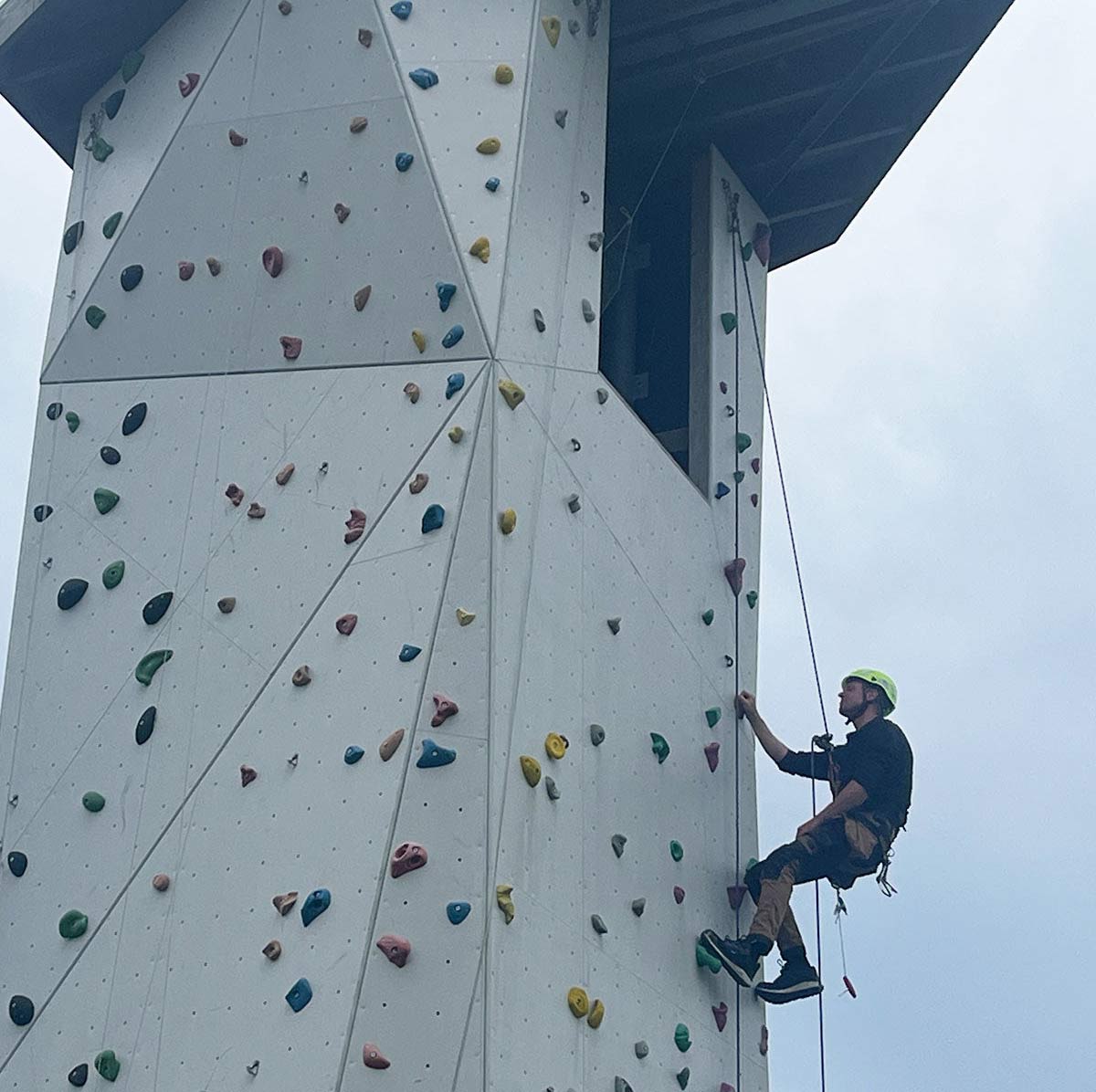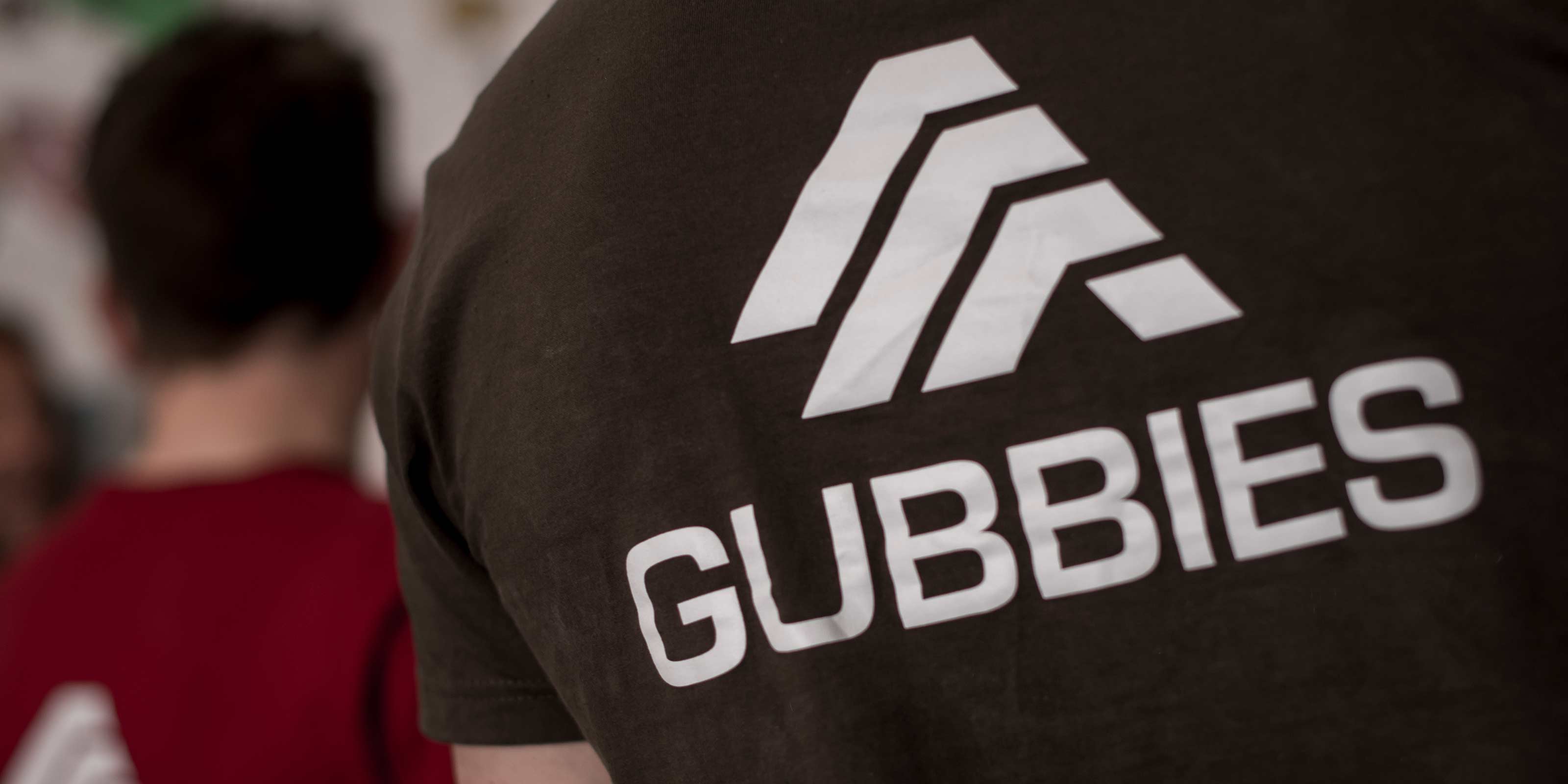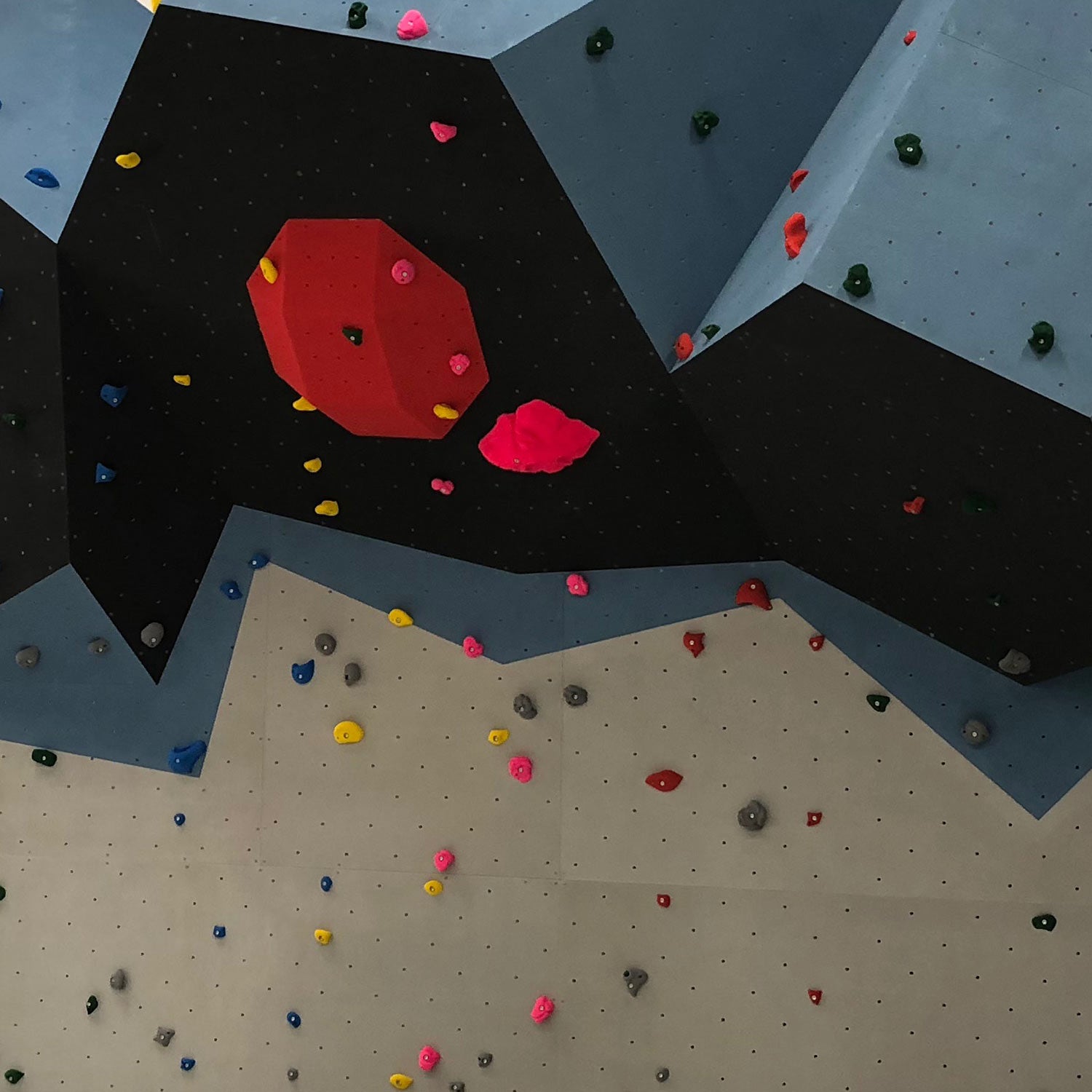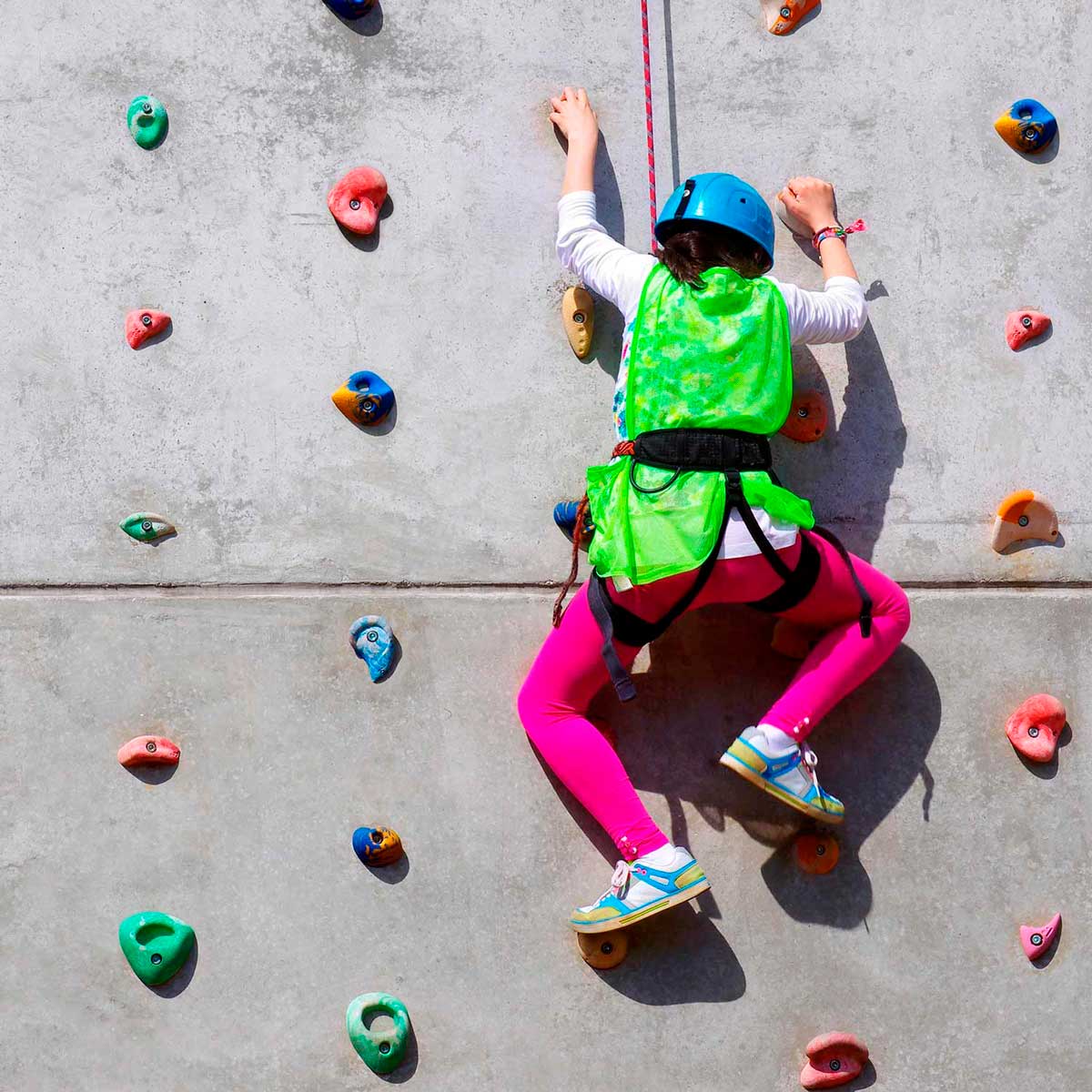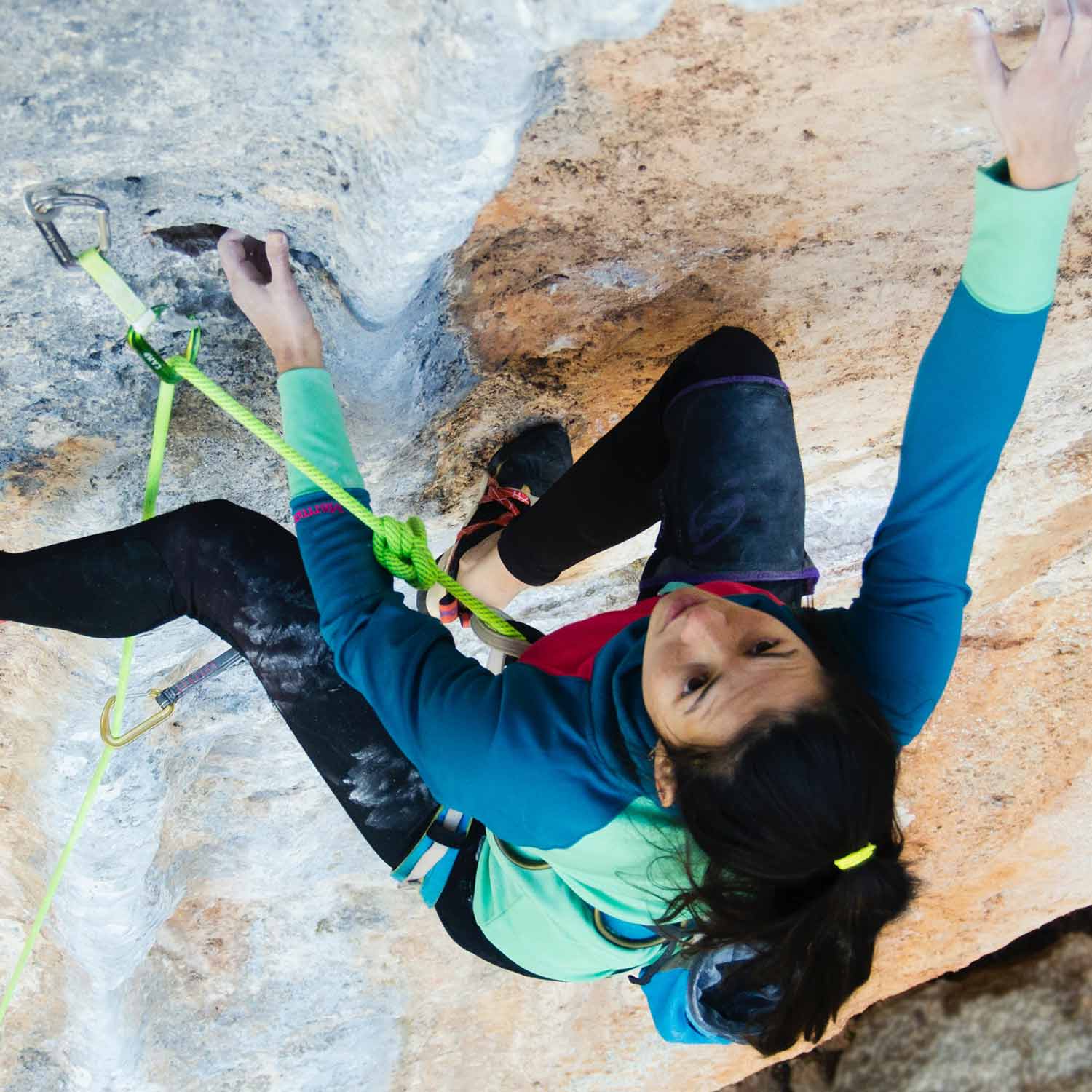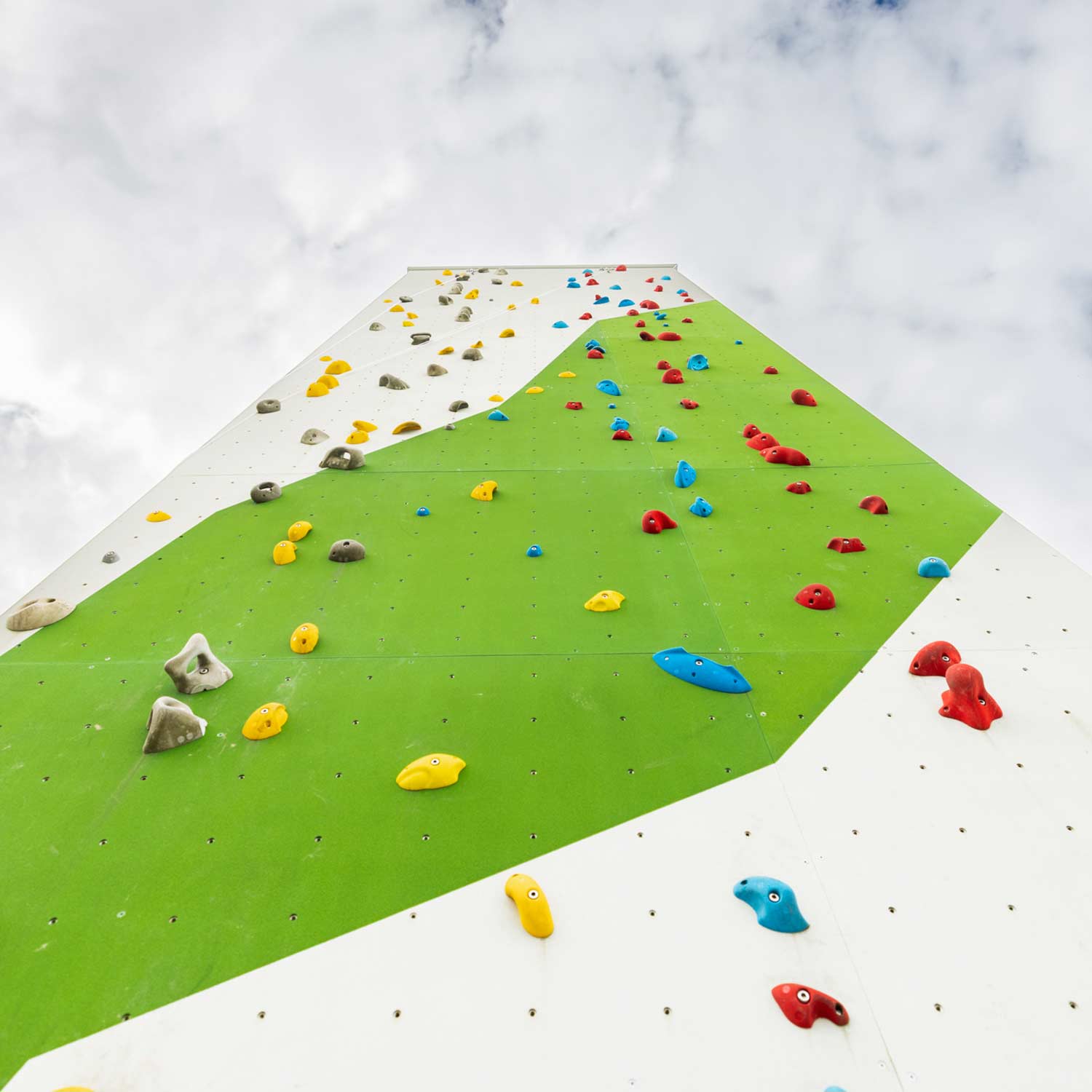Your go-to climbing companions!
JUST REACH OUT
You may also find our blog posts interesting
READ MORE

Climbing as an investment in children's development
Climbing has long been an adult sport in Denmark, but we are already seeing how teenagers and young people are drawn to the sport because of its unique combination of physical and mental developmen...

The Climber's Posture - How to Fight the Known Stature
Understanding a climber's physique reveals the distinctive 'climber's posture'—a hunched back and forward head, shaped by overdeveloped lat muscles from constant pulling motions. Combatting this po...

5 popular climbing spots close to Denmark that you simply MUST visit
Top Climbing Spots Near Denmark: Explore Kullen's scenic cliffs, Kjugekull's premier bouldering, Bohuslän's challenging cracks, Bornholm's emerging routes, and Gothenburg's versatile crags. Perfect...

